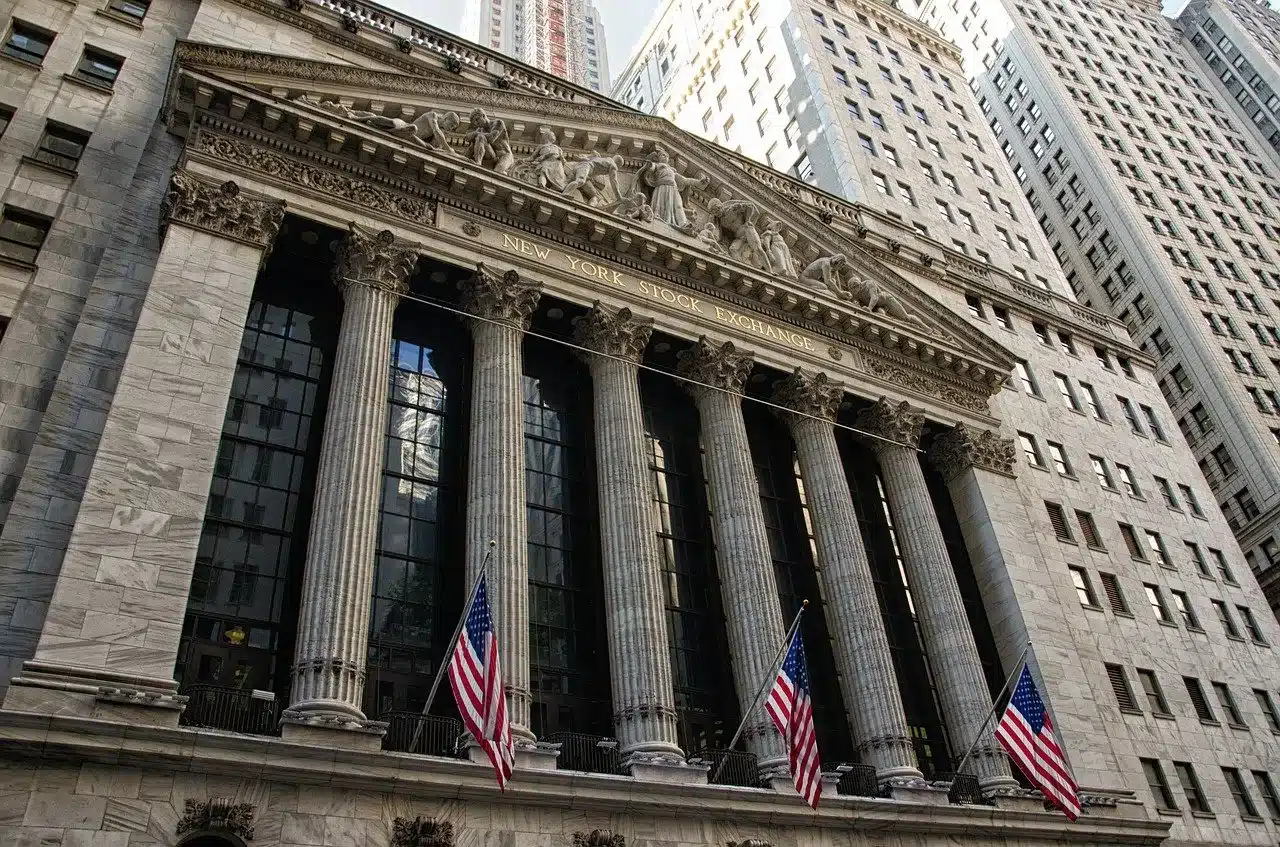This week is dominated by data from the American job market. Today we will know the JOLTS survey, which will indicate the strength of labor demand. Tomorrow, we will receive a private ADP report, unusually on Thursday due to Monday’s holiday in the USA. However, investors are really waiting for the Friday NFP report, whose importance has grown again. Yesterday, the ISM for the industry and also statements by Mester from the Fed in Cleveland caused a bit of confusion. The market began to fear for the US economy again, hence the increase in risk aversion. However, it cannot be called panic, the fear index has indeed grown, but it is still far from the extreme levels observed in the first days of August.
Today we will know the number of job vacancies, “JOLTS Job Openings”, which indicate how many jobs are vacant, newly created or existing, and which companies have difficulty filling them. The number of job vacancies has been steadily falling since the peak during the pandemic, but it has not yet returned to pre-crisis levels. The forecast value is 8,100 million. On Thursday we will get to know the private ADP, which is treated to some extent as a leading indicator for official monthly data provided by BLS. However, the market knows that this report correlates to a small extent with the NFP. According to expectations, ADP is to increase from 122 thousand to 145 thousand new jobs.
At the moment, the data we will get to know on Friday are so important because they disappointed heavily a month earlier and aroused fears of a recession. The Fed itself has officially announced that employment is becoming important at this time. It may become more key than inflation, which has been controlled. The Federal Reserve does not want a stronger cooling of the labor market, hence the message from Jackos Hole about adjusting monetary policy, which has been unambiguously interpreted as the start of the easing cycle. The market is undergoing something akin to a tug of war. Once speculations about a change of 50 basis points increase and decrease. After yesterday, the implied probability of a larger downward move increased to about 40 percent.
Both in 2001 and in 2007, when the previous cycles of easing monetary conditions in the USA started, the Fed decided on the first move of 50 basis points. The macro situation was definitely different at the time. Before the first cut, employment in certain months was falling in the labor market. Currently, there are still more of them so this argument does not support a stronger change in parameters. In the immediate period preceding the first reduction in the cost of money, which took place in mid-2019, vacancies were constantly being added, although often the readings were clearly below 100,000. This time the labor market situation is better, and the result from August 2, which caused so much panic in the market (114 thousand), seems to still be a solid figure against historical readings. Secondly, if Powell began with a stronger move, he could sow market fears that the Fed is late with the reductions and wants to catch up this way, while admitting his mistake. This could reintroduce an increase in risk aversion, which the Federal Reserve certainly does not want.
Łukasz Zembik Oanda TMS Brokers
Source: https://ceo.com.pl/czy-wieksza-obnizka-stop-proc-w-usa-moglaby-spowodowac-zalamanie-na-wall-street-62117
